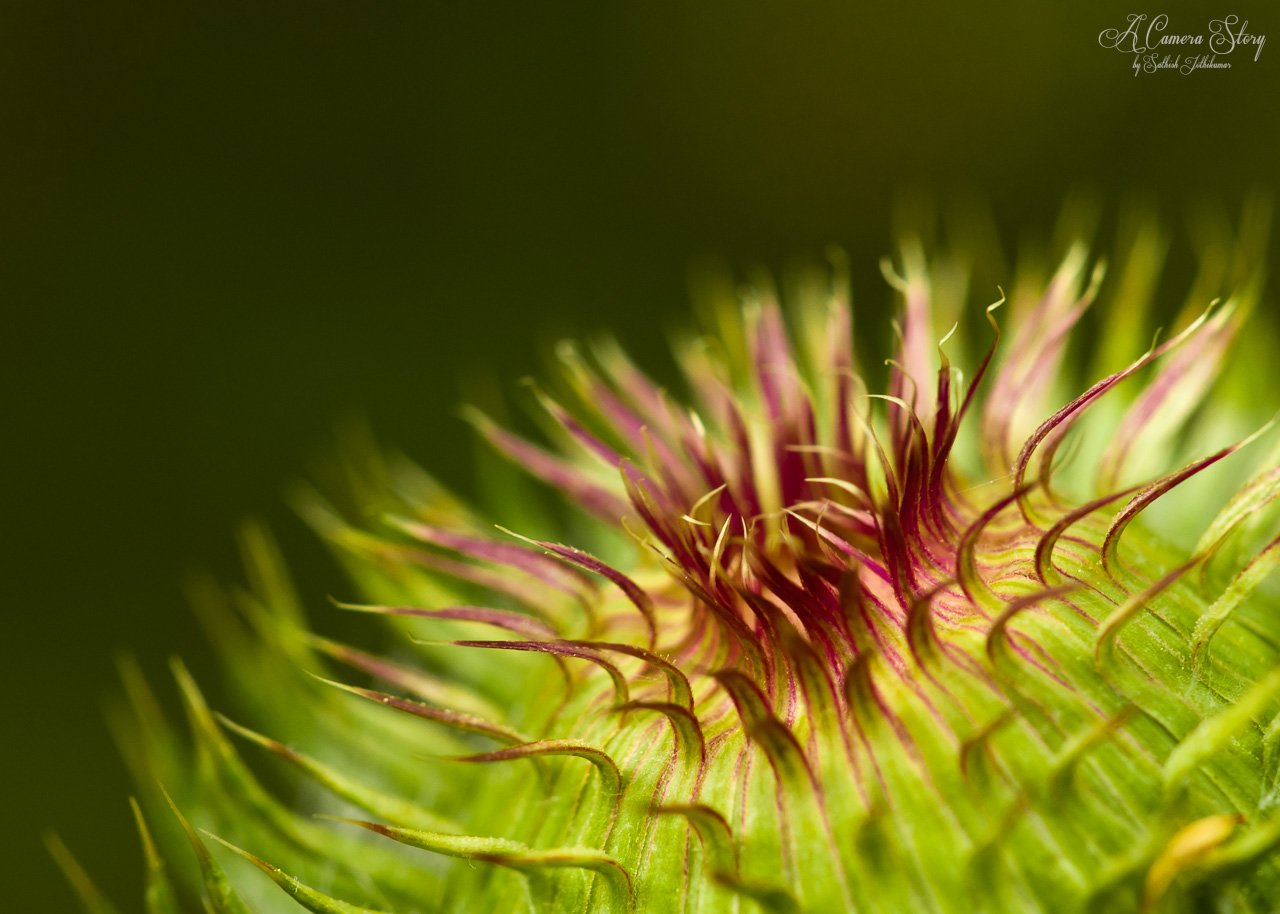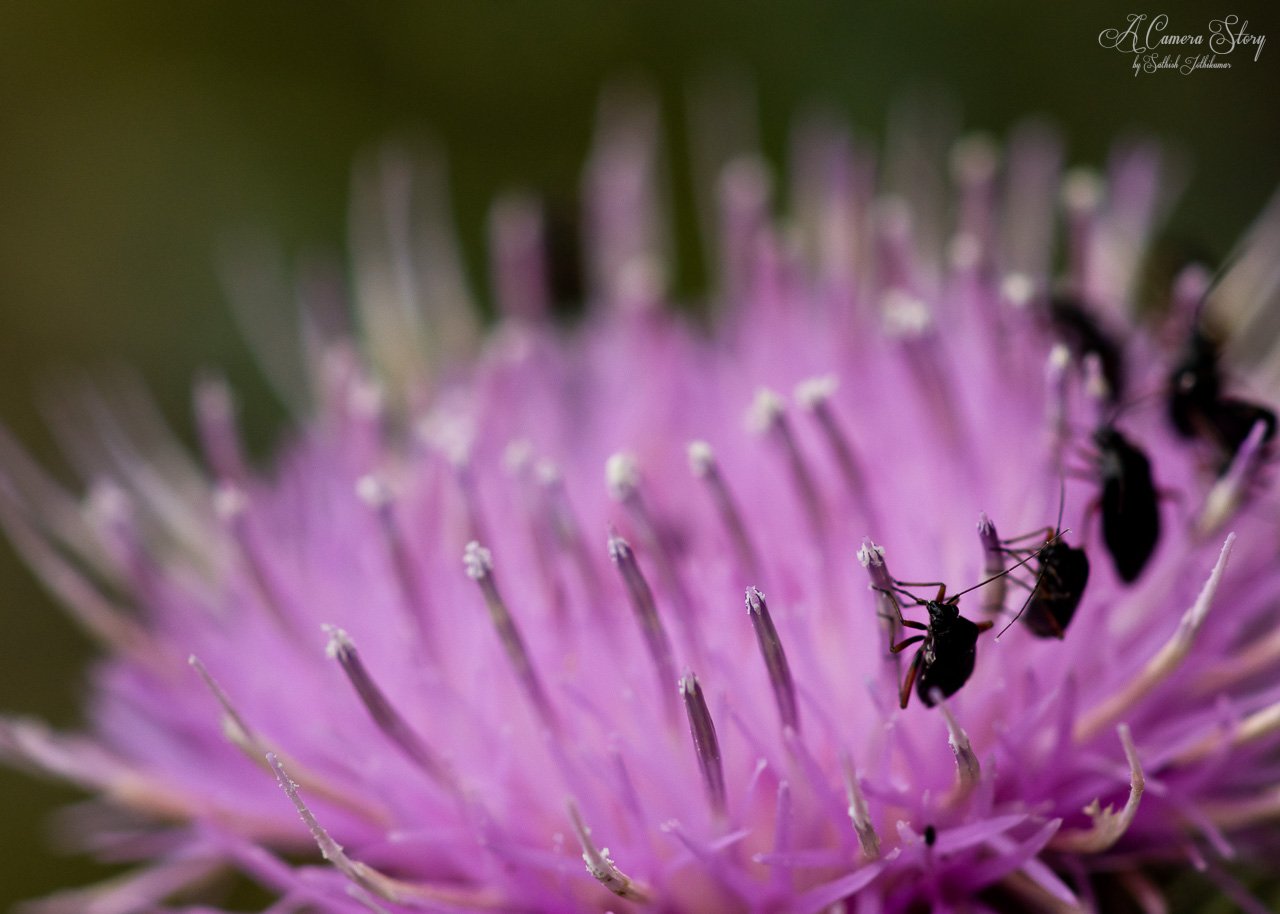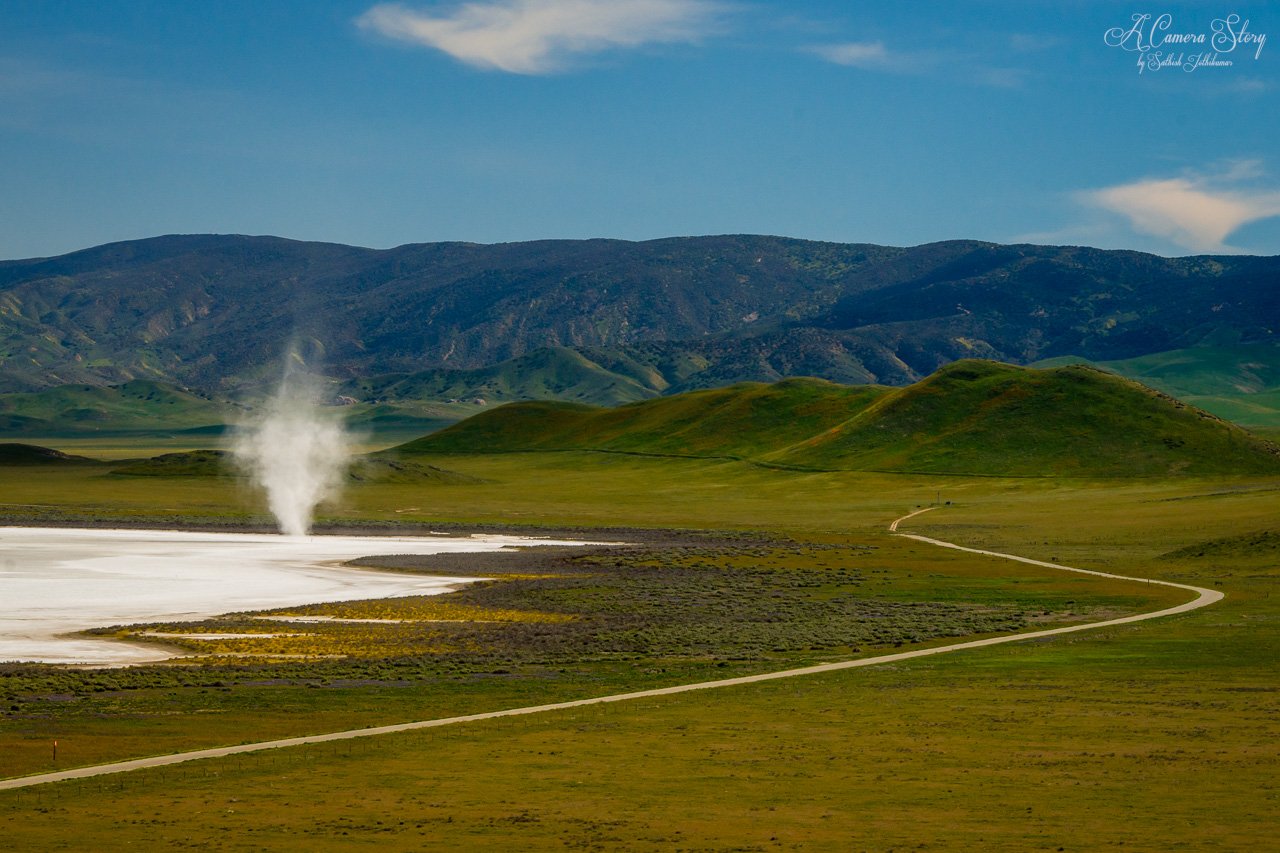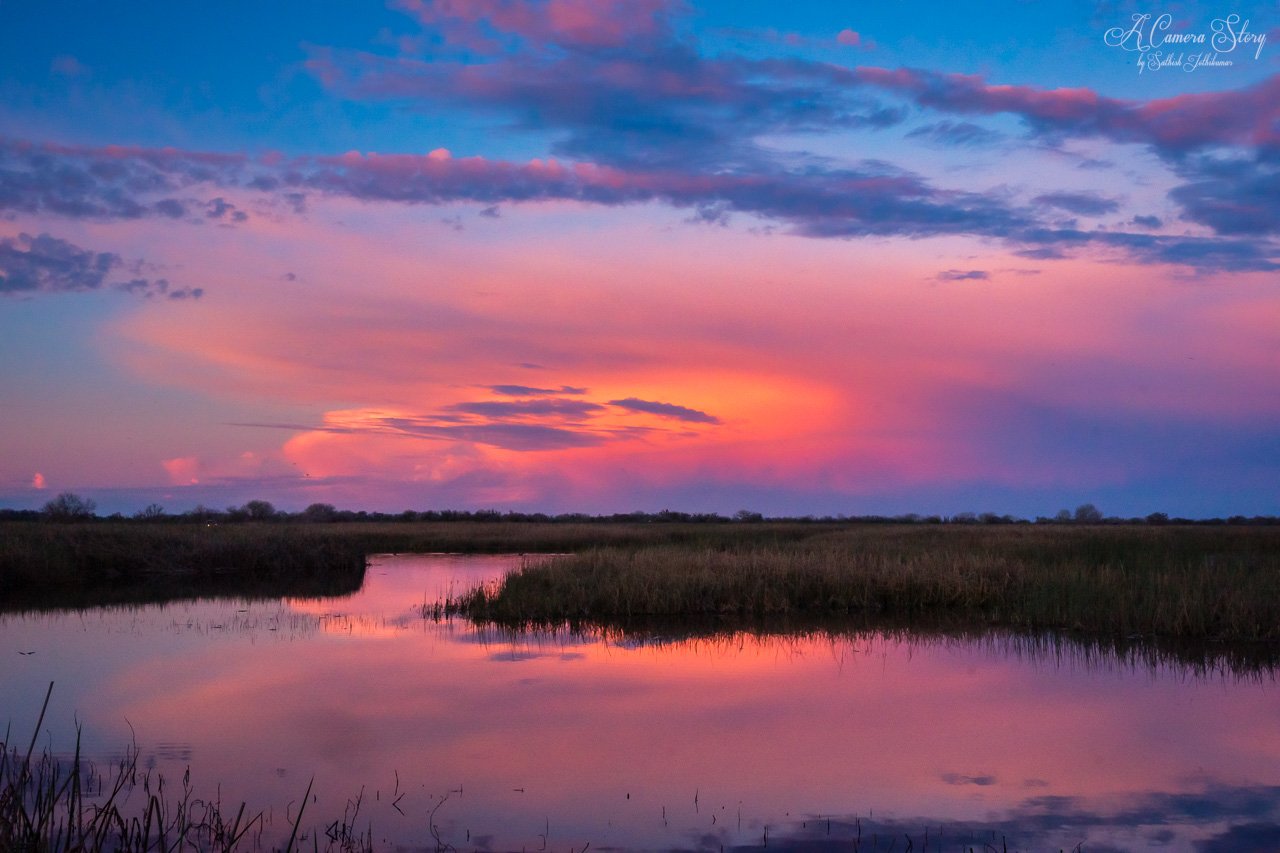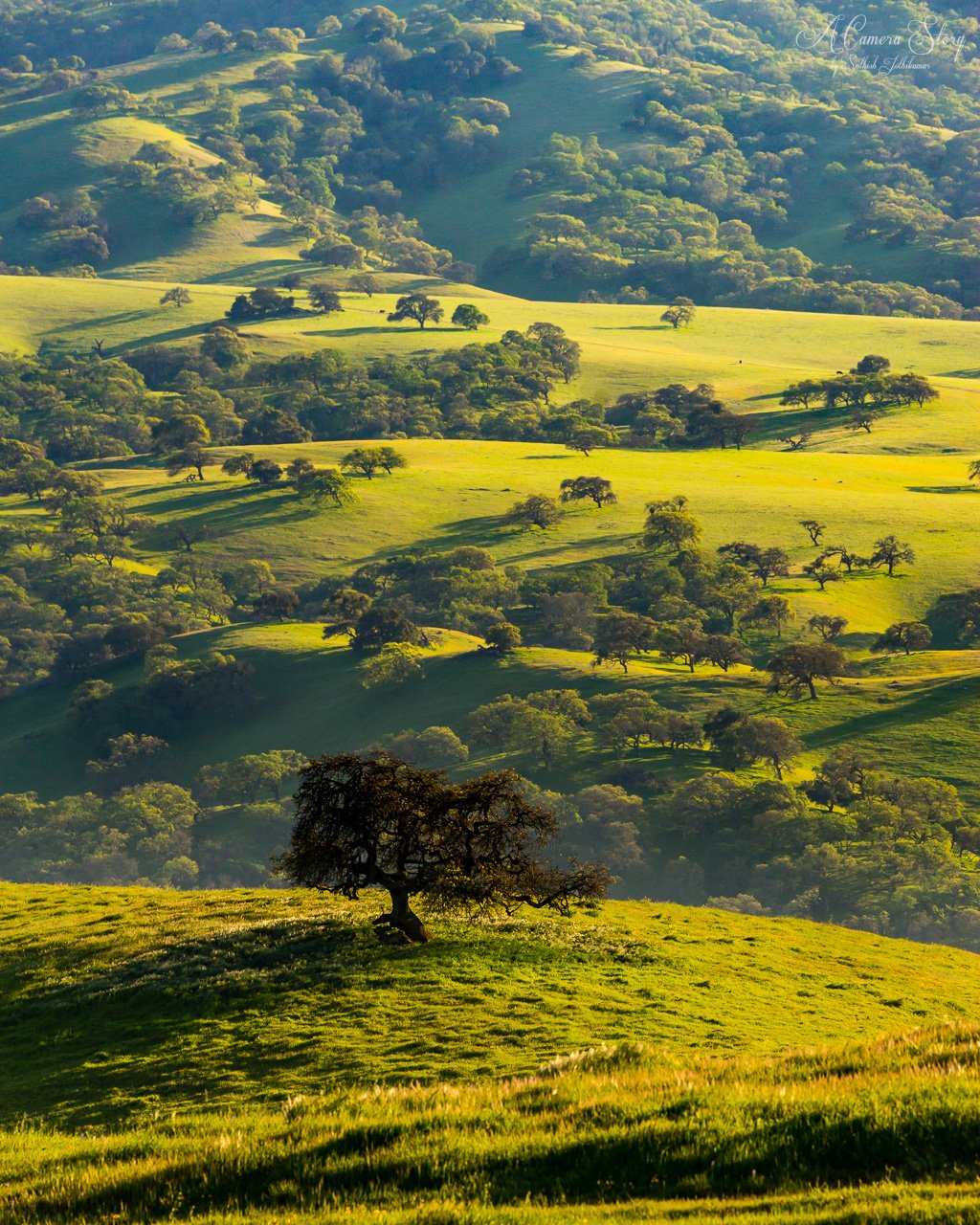I recently watched 'The Last Tourist', which tries to encapsulate the economic, environmental and socio-cultural cost of tourism on a region. While I was aware of some these impact, this movie served as an eye-opening experience. I was especially taken aback by the toll of wildlife tourism in Thailand, as it rekindled some of my own memories of animal experiences in the night markets of Chiang Mai. I remember seeing sad looking tiger cubs being used as show-pieces, leashed monkeys used for performing tricks, and several other endangered animals treated with wanton cruelty.
But it was learning about inhumane treatment of elephants in the various 'nature' parks showcased in the movie that brought me to tears. These intelligent gentle giants were chained up with very little ability to move, or being prodded with sharp metal rods to perform tricks. This 'tourism' experience certainly did not earn any sympathy from me. While I was glad I didn't venture on such an experience, I would have rather not traveled to such a destination that supports such inhumane experiences.
This specific elephant was living its retirement years at the Elephant Nature Park, one of the parks that cares for rehabilitating and improving the lives of elephants.
Thailand




